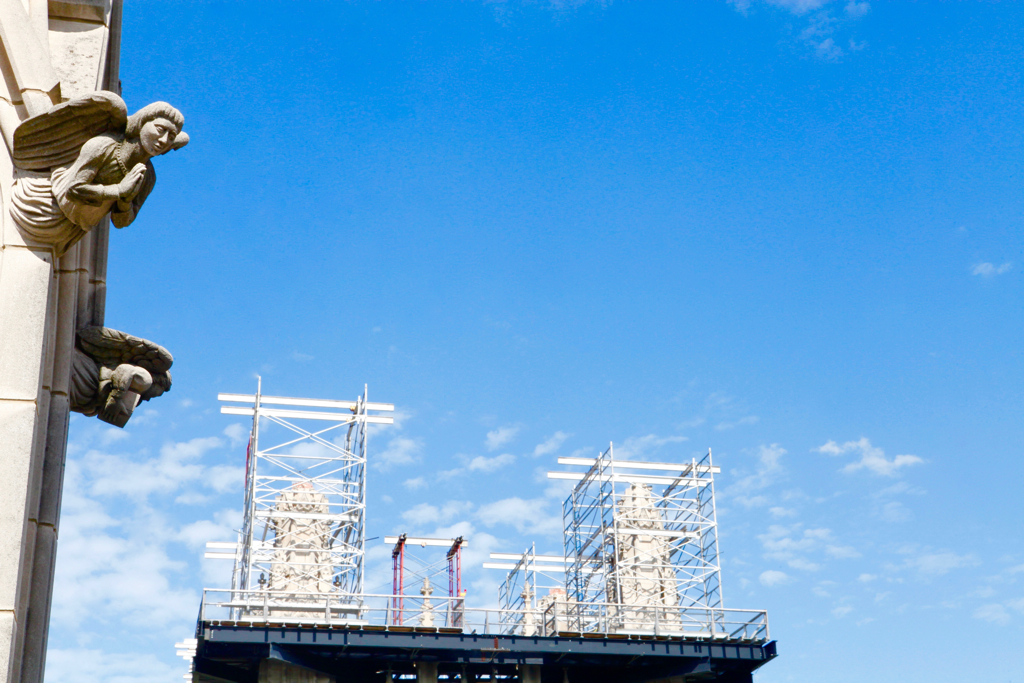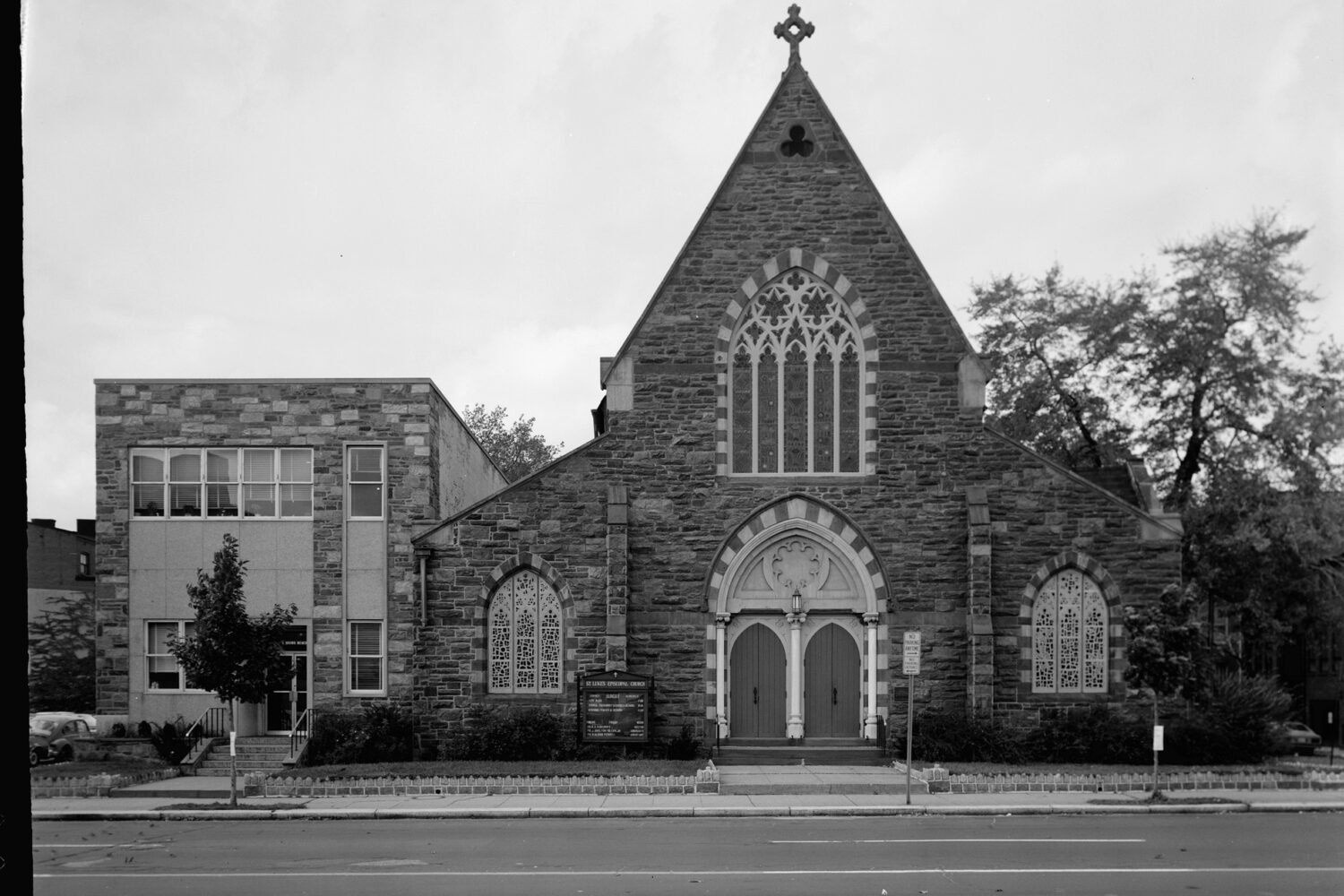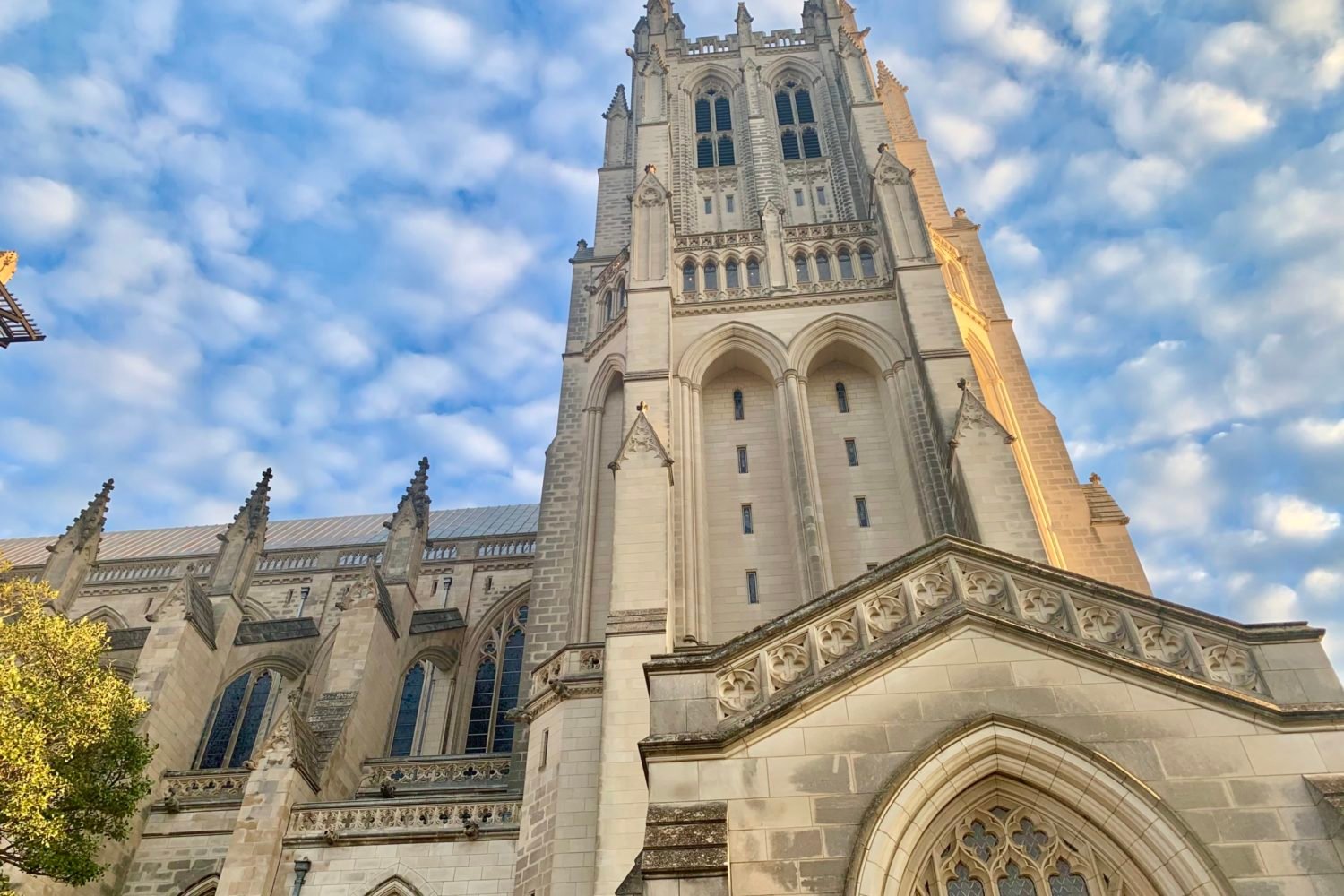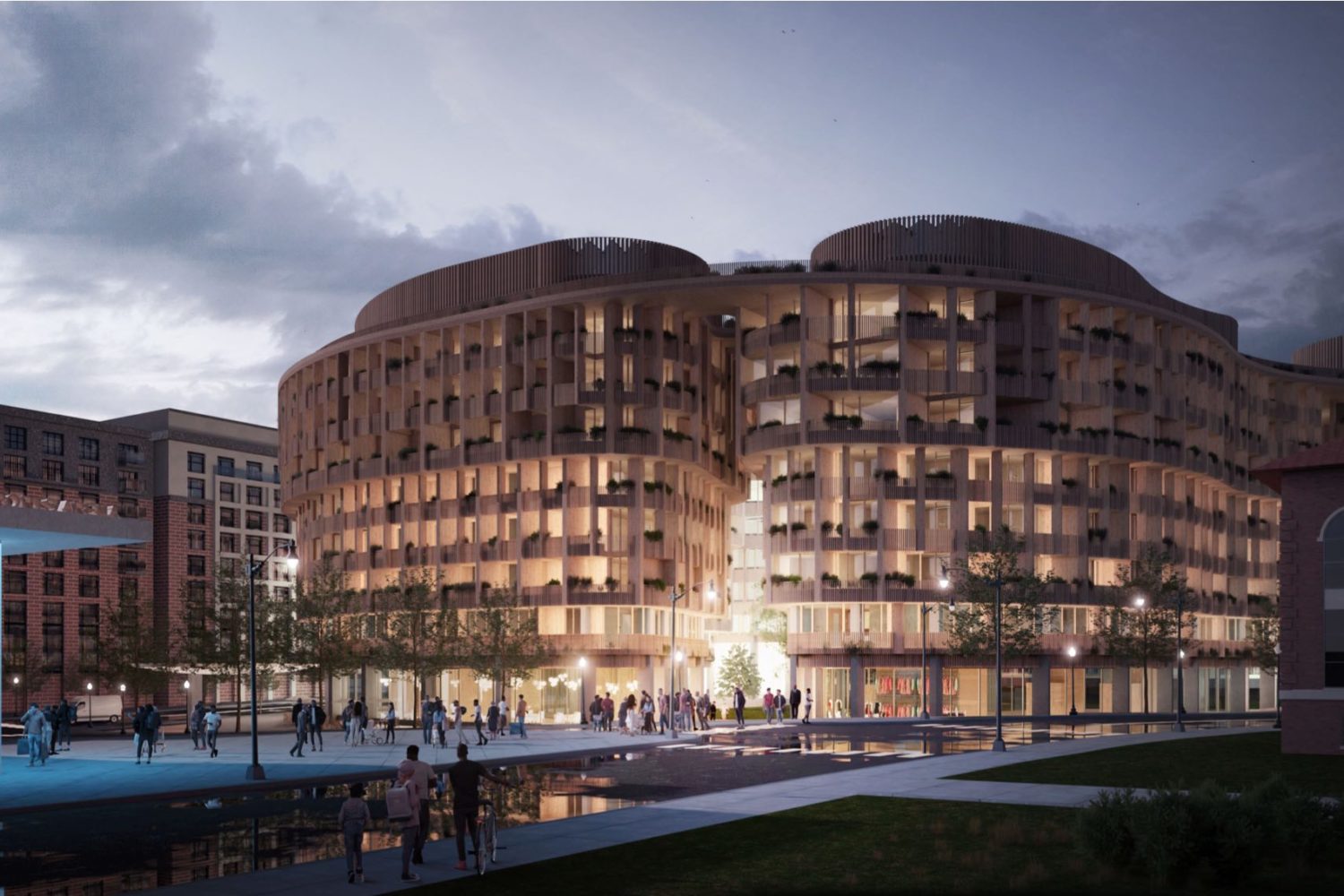Nearly five years after the August 2011 earthquake that rattled the mid-Atlantic, the Washington National Cathedral has repaired all the damage it suffered to its interior. But it still faces more than a decade of repairs to its exterior, where numerous pinnacles, gargoyles, and other architectural features were cracked, twisted, or destroyed by the 5.8-magnitude quake.
The interior rehabilitation, which wrapped up in early 2015, only amounted to about one-eighth of the entire bill of damages, Jim Shepherd, the cathedral’s director of preservation, told Washingtonian during a tour of the landmark church, parts of which date back to 1907. The remaining work, which will cost about $22 million to complete, covers the transept, the central and west towers, and other parts of the building. Some of the work can be done by hand, other fixes will require the placement of construction cranes around the National Cathedral’s campus.
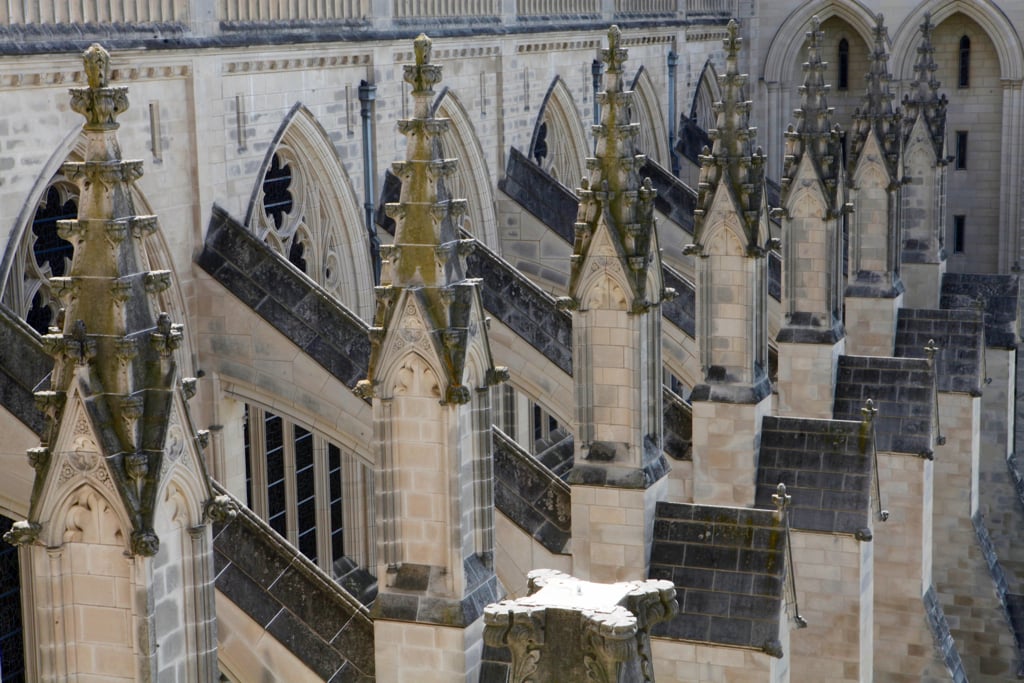
The cathedral’s pinnacles—and more specifically, the finials that cap them—suffered the brunt of the earthquake damage. Pieces that fell off the building entirely—often from the oldest sections—are being replaced by brand-new replicas carved from the same Indiana limestone that made up the original construction. But instead of being carved entirely by hand, these pieces are created by taking three-dimensional scans of the originals and being shaped by robotic devices at a shop in Vienna, Virginia, with the cathedral’s stonemasons doing the detailing by hand.
The tour around the transept’s gutter also reveals decades’ worth of etchings on the cathedral’s roof, left there by construction workers, tourists, and students from nearby St. Alban’s School who wanted to scratch their names into the metal.
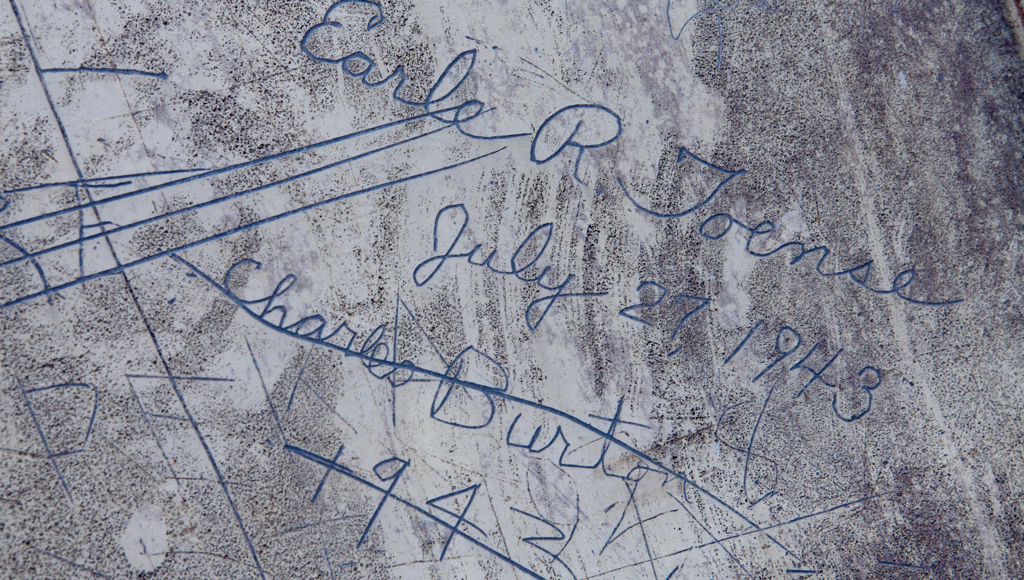
In newer parts of the building, crews will reinforce features like the flying buttresses on the east side by drilling steel rods into the existing structure. The earthquake also left pinnacles across the cathedral twisted off their axes—many of these will be disassembled, reinforced with steel cores, and placed back on the building.
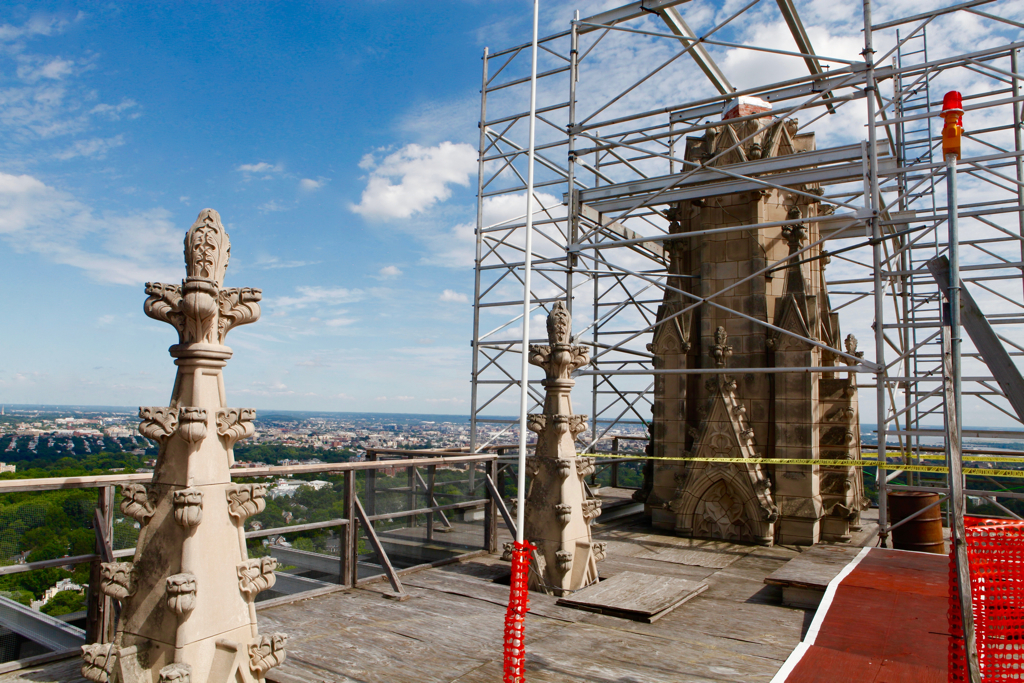
On top of the 301-foot-tall central tower, which including the cathedral’s setting 400 feet above sea level makes for the highest point in DC, the grand pinnacle in the southwest corner is missing its top 15 feet. Those pieces crumbled in the earthquake and fell to a lower roof, while the others were cracked and twisted. While the cathedral has already put up scaffolding and a temporary deck to stabilize the pinnacle sections that remain intact, rebuilding them will entail of the most difficult and expensive work in the years ahead.
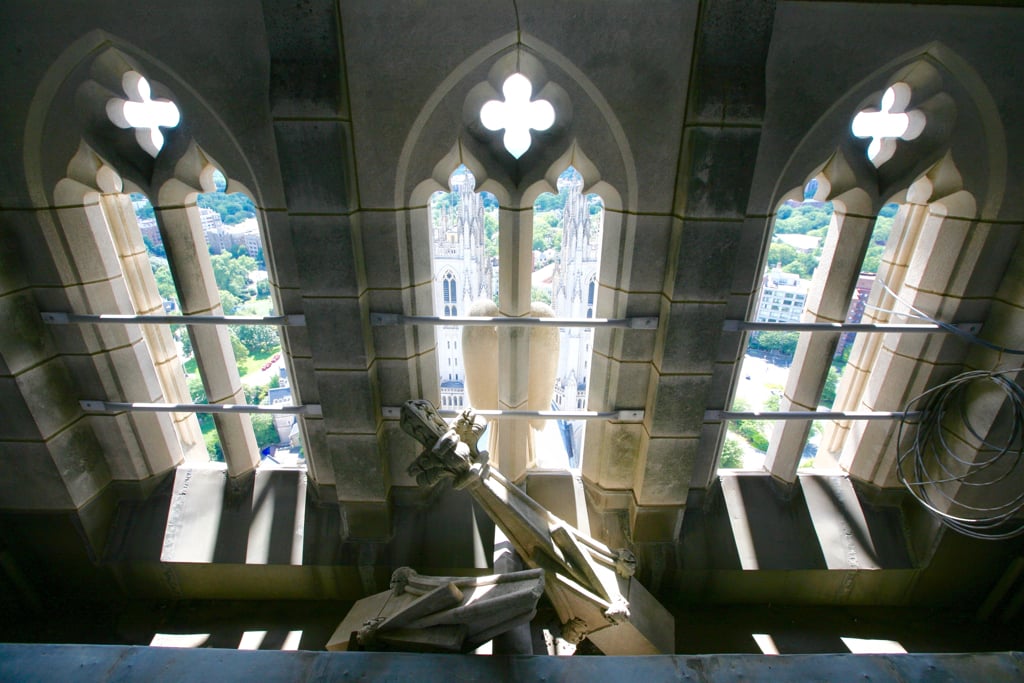
In other sections, the earthquake has continued to cause damage years later. Last winter, a piece of stone that was cracked by the August 2011 seismic event fell off the north transept after freezing and thawing, and landed on the roof of the dean’s office.

The northwest tower also has a few earthquake stories to share. Several gargoyles in the shape of angels snapped off in the quake, and are sitting on top of the tower waiting to be replaced. Then there’s the finial that went missing from one of the tower’s pinnacles. After snapping off in the earthquake, it landed deep in the cathedral’s front lawn. The stone piece, which weighs several hundred pounds, was left burrowed in the ground overnight. When Shepherd returned the following morning, the piece had been removed, and hasn’t been seen since. The cathedral is currently unaware of the finial’s whereabouts.

The key reason work on the National Cathedral will last at least another ten years is because fundraising is a slow process, and not nearly as robust five years after the quake, Shepherd said. And unlike the Washington Monument, which had half its $15 million earthquake-repair bill paid for by a single donor—Carlyle Group founder David Rubenstein—the cathedral hasn’t received any individual gifts on that scale. “If I had a donor that gave me $22 million tomorrow, I could get this done in three years,” Shepherd says.

